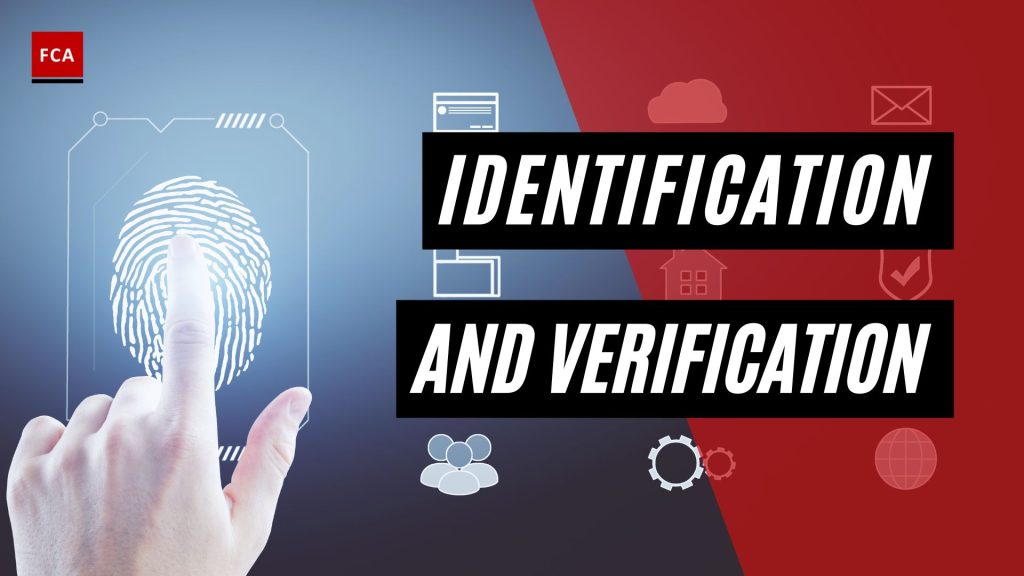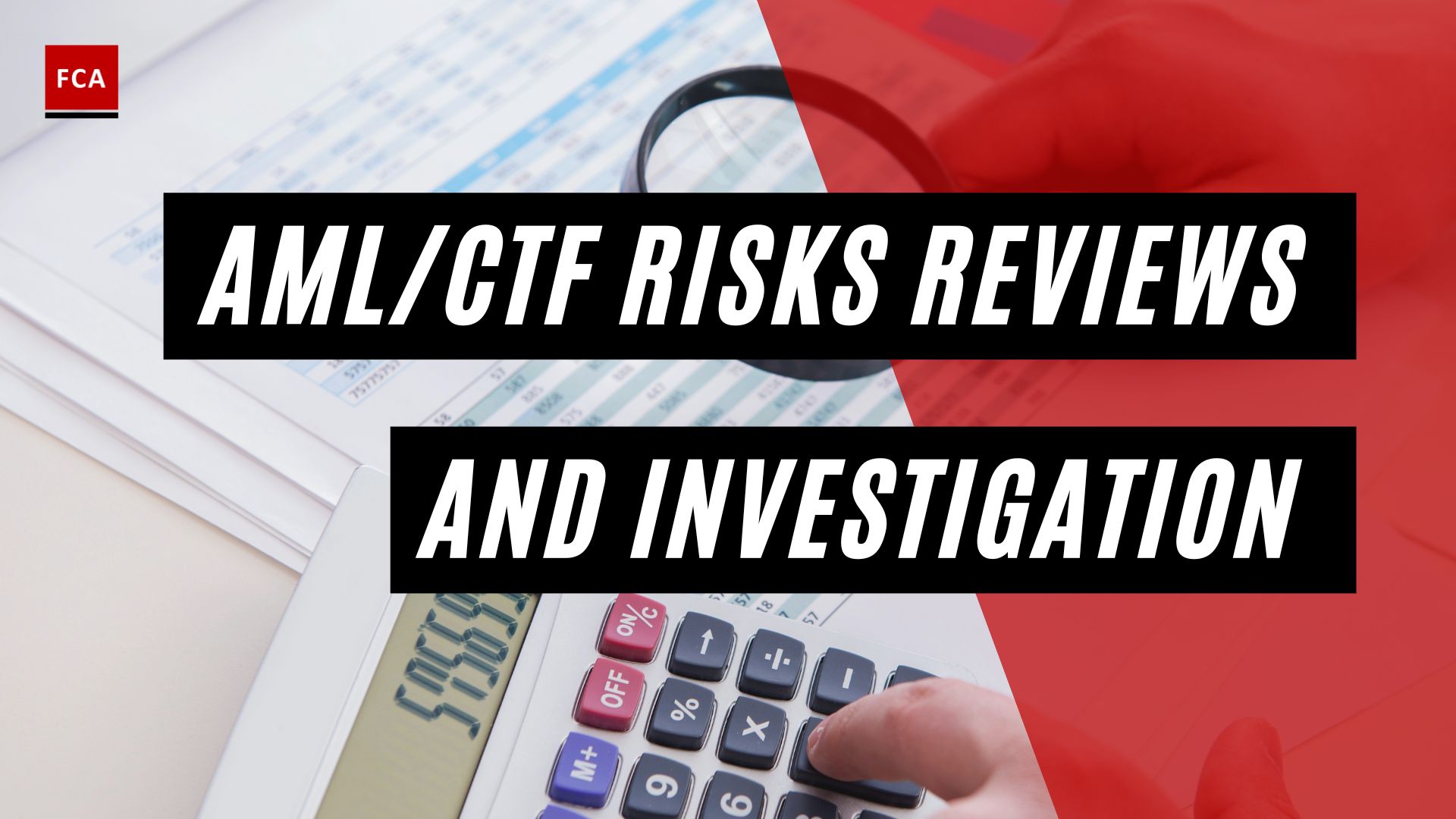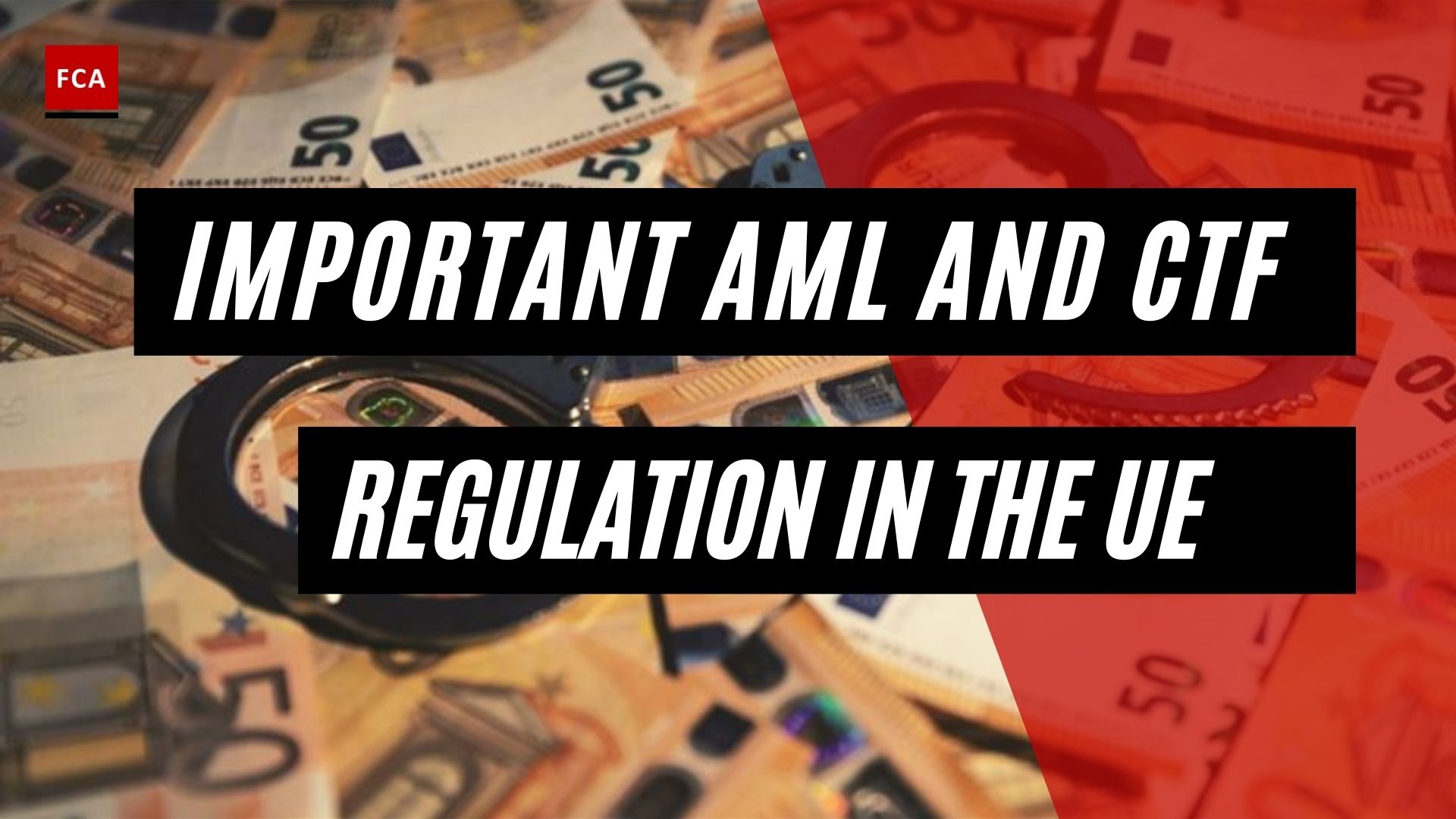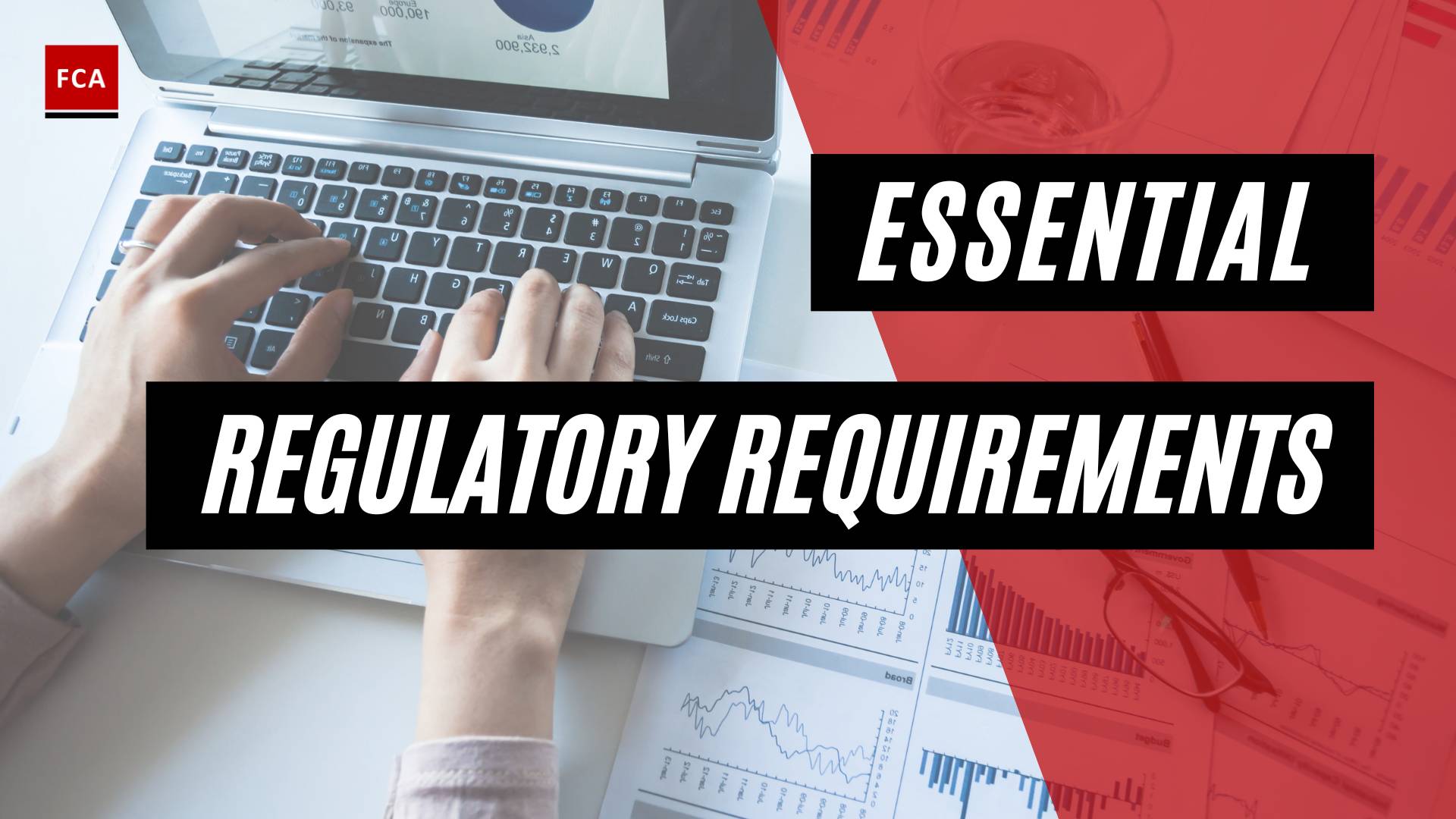The main function of financial monitoring and the concepts of identification and verification in relation to customer due diligence is constantly analyzing customers’ activities to identify and prevent the possibility of laundering proceeds of crime or terrorism.
Due diligence includes the following:
- Identification and verification of the customer
- Determining the ultimate beneficial owner of the customer or their absence
- Determining and understanding the purpose and nature of future business relations or conducting a financial transaction
- Monitoring the customer’s business relations and financial transactions regularly
- Ensuring the relevance of received and existing documents, data, and information about the customer
The identification and verification of a customer are carried out before establishing business relations, concluding deals, conducting a financial transaction, and opening an account.
At the same time, to avoid interfering with normal business practices, a customer may be verified, if necessary, while establishing business relations. In this case, a verification must be completed immediately after the first contact with a customer if risk management is conducted effectively. A customer can also be verified after opening an account before conducting the first financial transaction.
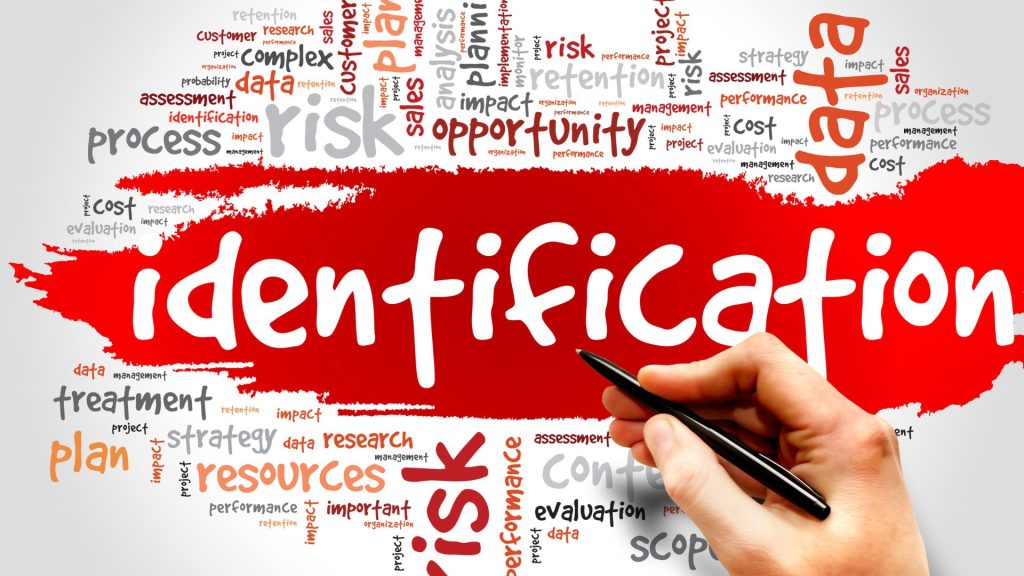
The Notion of Identification and Verification of a Customer
Due diligence begins with identification and verification. Let us consider these notions in more detail.
- Identification is measures taken by a subject of primary financial monitoring to identify a person by obtaining their identification data.
- Verification is measures taken by a subject of primary financial monitoring to check the belonging of the identification data received by the subject of primary financial monitoring to the relevant person and/or to confirm the data that allow identifying ultimate beneficial owners or their absence.
According to the Financial Action Task Force or FATF recommendations, financial institutions should identify a customer and check the identity of a customer using reliable documents, data, or information from an independent source, that is, rely not only on the data received from a customer but check them for authenticity.
This is also necessary to properly identify a customer’s representative, to make sure that they have valid powers to represent and to identify the ultimate beneficial owners to ensure that they are not subject to sanctions or suspected of money laundering.
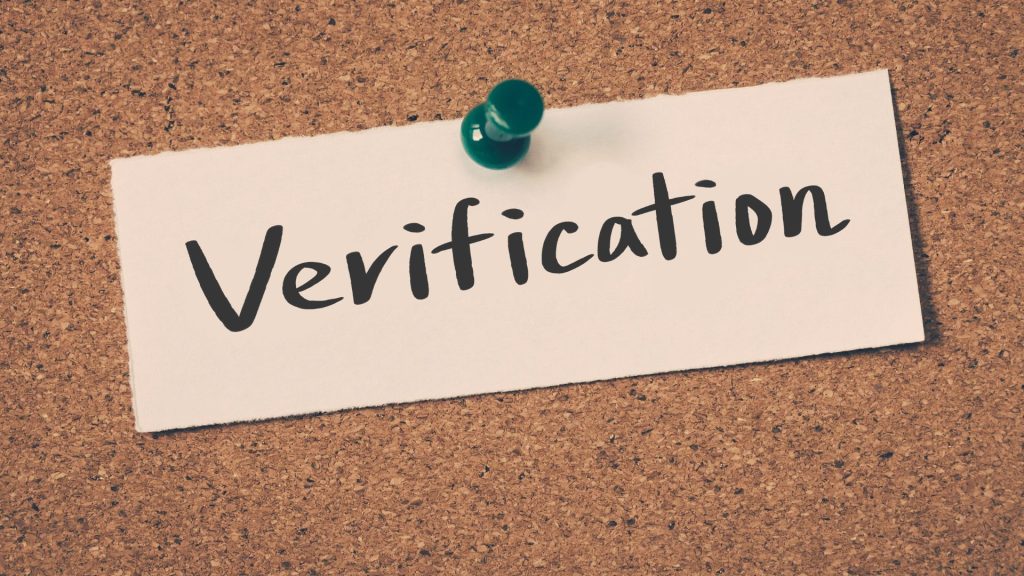
Tools to Confirm Information Obtained during Verification
According to the legislation, financial institutions that are subjects of primary financial monitoring are obliged based on official documents or information obtained from official and/or reliable sources to carry out verification. Herewith, official documents must be valid at the moment of their submission and include all the necessary identification data to carry out verification effectively. The legislator has provided the opportunity to make inquiries to state bodies and receive additional customer data.
For extra certainty or in case of suspicions concerning documents, financial institutions can request from state bodies and state registrars information, which they are obliged to provide within ten working days from the date of receipt of a request to provide the requested information following the legislation.
Additional information can also be requested from a customer or a customer’s representative if the previously provided information is insufficient or raises doubts.
However, there are information categories that do not require verification in case of the absence of suspicions of its reliability. This applies to the details of the bank where a customer’s account is opened, current account number, place of residence or location of an individual, data on the executive body, as well as other information needed to clarify the purpose and nature of future business relations, conducting regular monitoring of business relations and financial transactions of a customer.
Herewith, an important aspect is the method of obtaining such information, as not all sources can be considered reliable. It is determined that information does not require verification if it is established based on official documents and/or information received from a customer or a customer’s representative. It should be certified by them, as well as from other official and/or reliable sources of such information is open.
Final Thoughts
In conclusion, identification and verification are important stages in the fight against money laundering that should not be neglected.

